As the automotive industry faces increasing pressure to meet environmental regulations and evolving consumer preferences, American car brands are at a crossroads. The global automotive landscape is changing rapidly, driven by climate change concerns, government policies, and growing consumer demand for sustainable transportation. While traditional American car manufacturers like Ford, General Motors (GM), and Chrysler have long been associated with large, powerful vehicles such as trucks and SUVs, they are now navigating the complex challenge of aligning with stricter environmental regulations worldwide, particularly in regions such as Europe and China.
This article explores how American automakers are adapting to global environmental regulations and responding to the growing demand for eco-friendly vehicles, including electric vehicles (EVs), hybrid models, and fuel-efficient engines. We will examine the strategies, challenges, and innovations American brands are employing to not only meet global environmental standards but also to remain competitive in a rapidly evolving market.
1. The Global Push for Environmental Sustainability
The automotive industry is undergoing a monumental shift as global environmental concerns intensify. With climate change at the forefront of international discussions, countries and regions are enacting stringent environmental regulations aimed at reducing carbon emissions, improving air quality, and promoting sustainable energy sources.
a. Tighter Emission Standards and Regulations
- Europe: The European Union (EU) has implemented some of the strictest emission standards in the world, including the Euro 6 regulations, which limit carbon dioxide (CO2) emissions from new vehicles. Additionally, the EU has committed to becoming the world’s first climate-neutral continent by 2050, setting ambitious targets for the automotive sector. This includes promoting the transition to electric vehicles (EVs) and banning the sale of new internal combustion engine (ICE) vehicles by 2035.
- China: China, the largest automotive market in the world, has been a leader in promoting electric mobility. The Chinese government has enacted various policies, including subsidies and tax incentives for EVs, to promote the adoption of cleaner vehicles. China’s New Energy Vehicle (NEV) program is pushing automakers to produce more electric and hybrid vehicles as part of the country’s goal to reduce reliance on fossil fuels and combat air pollution.
- North America: In the United States, federal and state governments have implemented a mix of emission regulations, with some states like California adopting more aggressive standards. The U.S. Environmental Protection Agency (EPA) and the California Air Resources Board (CARB) enforce strict regulations, particularly targeting vehicle emissions and fuel efficiency. Under the Biden administration, the U.S. is increasing its focus on transitioning to zero-emissions vehicles (ZEVs), aiming for a 50% market share of EVs by 2030.
b. The Role of Consumer Demand for Sustainable Vehicles
Beyond regulations, consumers are also demanding more eco-friendly transportation options. Environmental concerns, cost savings through fuel efficiency, and the growing accessibility of electric vehicle charging infrastructure have fueled the popularity of EVs and hybrid vehicles worldwide. American car brands must adapt to this shift to maintain their market share.
2. American Automakers’ Responses to Environmental Demands
In response to tightening environmental regulations and shifting consumer preferences, American car brands are evolving their strategies. These companies are investing in new technologies, revising their product portfolios, and focusing on sustainability in manufacturing processes.
a. Ford’s Commitment to Electrification
Ford, one of America’s most iconic automotive brands, has made a bold commitment to electric vehicles and sustainable transportation. Under the leadership of Jim Farley, the company has pledged to invest $22 billion in electrification by 2025, signaling a major shift in focus from traditional gas-powered vehicles to cleaner alternatives.
- Ford Mustang Mach-E: The Mustang Mach-E is Ford’s flagship electric SUV, offering a mix of performance and sustainability. With multiple powertrain options and an impressive range, the Mach-E is positioned as a direct competitor to Tesla’s Model Y in the electric SUV segment. The vehicle’s introduction signals Ford’s serious push into the EV market, targeting both traditional SUV buyers and environmentally conscious consumers.
- F-150 Lightning: Ford has also electrified its popular F-150 truck, one of the best-selling vehicles in the United States, with the F-150 Lightning. This all-electric version of the F-150 combines the utility of a pickup truck with zero-emissions technology, making it an attractive choice for consumers who need power and performance but want to reduce their carbon footprint.
- Sustainable Manufacturing: Ford is committed to sustainability not only in its product offerings but also in its manufacturing processes. The company has implemented sustainable practices in its factories, including using recycled materials and improving energy efficiency in production. Ford aims to achieve carbon neutrality by 2050, and its electric vehicle production will be a key part of this goal.
b. General Motors (GM) and the Transition to Zero-Emissions Vehicles
General Motors (GM) is another American automaker that has embraced the shift toward electric vehicles and sustainable mobility. In 2021, GM announced its vision for a future with zero crashes, zero emissions, and zero congestion, aligning its strategy with the global push for environmentally friendly transportation.
- Chevrolet Bolt EV: The Chevrolet Bolt EV is GM’s flagship electric vehicle and has received praise for its affordability, range, and practicality. GM has also introduced the Bolt EUV, an electric crossover SUV, expanding its electric offerings to meet consumer demand for different vehicle types.
- Ultium Platform: GM’s innovative Ultium platform is designed to underpin a wide range of future electric vehicles across different segments, from compact cars to trucks and SUVs. This platform enables GM to scale its EV production more efficiently and offer a diverse lineup of zero-emission vehicles.
- Sustainable Manufacturing and Carbon Neutrality: GM has set an ambitious goal of becoming carbon neutral by 2040. To achieve this, the company is investing in renewable energy for its factories, reducing emissions in its supply chain, and increasing the use of sustainable materials in its vehicles. Additionally, GM is working on developing solid-state batteries to improve the efficiency and performance of its electric vehicles.
c. Chrysler’s Push Toward Electrification
Chrysler, part of Stellantis, has also begun to pivot toward more sustainable vehicle production, with a focus on electric mobility. In 2021, Chrysler unveiled its plans to become an all-electric brand by 2028, signaling its commitment to embracing electrification in response to global environmental demands.
- Chrysler Airflow Concept: The Chrysler Airflow Concept represents the brand’s vision for an electric future. This all-electric SUV combines a modern design with advanced autonomous driving features, showcasing Chrysler’s commitment to providing consumers with sustainable yet innovative mobility solutions.
- Stellantis Electrification Strategy: As part of Stellantis, Chrysler is working with other brands like Jeep, Dodge, and Ram to develop a range of electric vehicles. Stellantis has committed to investing $35 billion in electrification through 2025, aiming to offer a wide portfolio of EVs and meet the growing demand for cleaner vehicles globally.

3. Challenges Faced by American Car Brands
Despite the progress being made, American car brands face several challenges as they adapt to global environmental regulations and consumer demand for cleaner vehicles.
a. Cost of Transition
The transition to electric vehicles and sustainable manufacturing is costly. American car brands are investing billions of dollars in R&D, electric vehicle production, and battery technology. While this investment is crucial for long-term competitiveness, the costs involved in transitioning from traditional internal combustion engine (ICE) vehicles to electric and hybrid vehicles could impact the profitability of automakers in the short term.
b. Global Competition
American car brands face fierce competition from international automakers, particularly from European and Asian manufacturers that have been ahead of the curve in terms of electrification. Companies like Volkswagen, Tesla, and Toyota have already established strong positions in the EV market, and American brands must work hard to catch up and differentiate themselves with innovative features, affordability, and sustainable practices.
c. Supply Chain Challenges
The global chip shortage and supply chain disruptions have affected automakers worldwide, including American brands. The shift to electric vehicles requires the acquisition of rare-earth materials and the construction of new supply chains for batteries and other components. These challenges can slow down the adoption of new technologies and hinder the ability of American car brands to meet growing demand for eco-friendly vehicles.
4. Conclusion: A Greener Future for American Car Brands
American car brands are increasingly aligning their strategies with the global demand for sustainability. Through electrification, smart technologies, and sustainable manufacturing practices, companies like Ford, General Motors, and Chrysler are positioning themselves to meet the stringent environmental regulations in key markets like Europe, China, and North America.
While challenges remain, particularly in terms of cost, competition, and supply chain management, American automakers are demonstrating their commitment to a zero-emission future. As they continue to innovate and adapt to the evolving demands of consumers and regulators, American car brands are well on their way to playing a significant role in shaping the future of sustainable transportation globally.



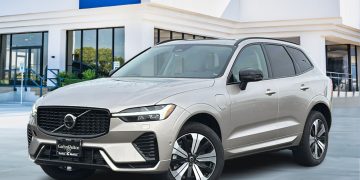
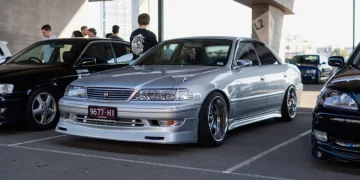

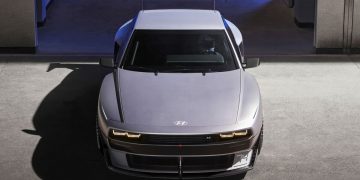


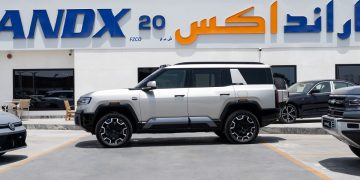

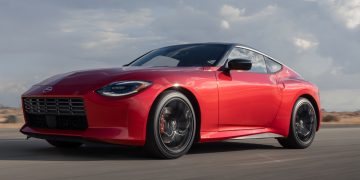
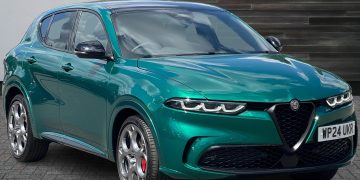





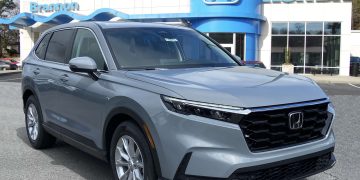















Discussion about this post